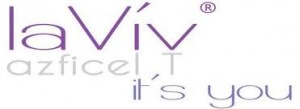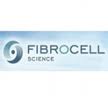The use and number of synthetic injectable fillers for facial wrinkle and fold reduction continues to expand. New filler variations have been developed to try and improve the one disadvantage that they all have…a temporary effect. Some synthetic fillers contain a percent of non-resorbing particles, to produce some degree of permanence. But with their use potential complications such as tissue reactions and nodules can occur if they are not technically placed well.
With the growing field of human cell therapies, spurred primarily by the high profile science of stem cells, using your own body as a source of the ‘implant’ is appealing. This has been done for aesthetic facial injections for some time using liposuction-harvested fat. Fat injections continue to increase in popularity and offers an immediate volume improvement. But they require a donor harvest (which may not be a disadvantage!) and how much fat survives after injection is unpredictable. Inaddition, fat is not always what is missing in a facial fold or wrinkle and must be injected under the skin rather than directly into it.



What is unique about this cell therapy process, and very important for patients to understand, is that this is a slow gradual treatment to get the final effect. Unlike synthetic injectable fillers, it does not produce much of an immediate result. It takes time for the cells to grow and produce the necessary amount of collagen to produce a visible effect. In essence, it induces your body to grow the filling material. In theory, this should be longer lasting than a synthetic filler.
The FDA approval for la Viv was based on results from a clinical trial of 421 patients. Patients received three injection sessions spaced about five weeks apart, either la Viv or a placebo. And the results were judged six months after the initial injection. La Viv was shown to produce a visible reduction in the appearance of nasolabial folds compared to the placebo. How long the effects were maintained beyond sox months is unknown and part of an ongoing study.
In the expanding field of aesthetic facial injections, la Viv offers a unique approach that will have appeal to those patients that are either tired of getting regular injections or do not want to undertake a synthetic treatment approach. It is more expensive than synthetic fillers, but offers the ability to inject ten of millions of your own fibroblasts.
Dr. Barry Eppley
Indianapolis, Indiana


